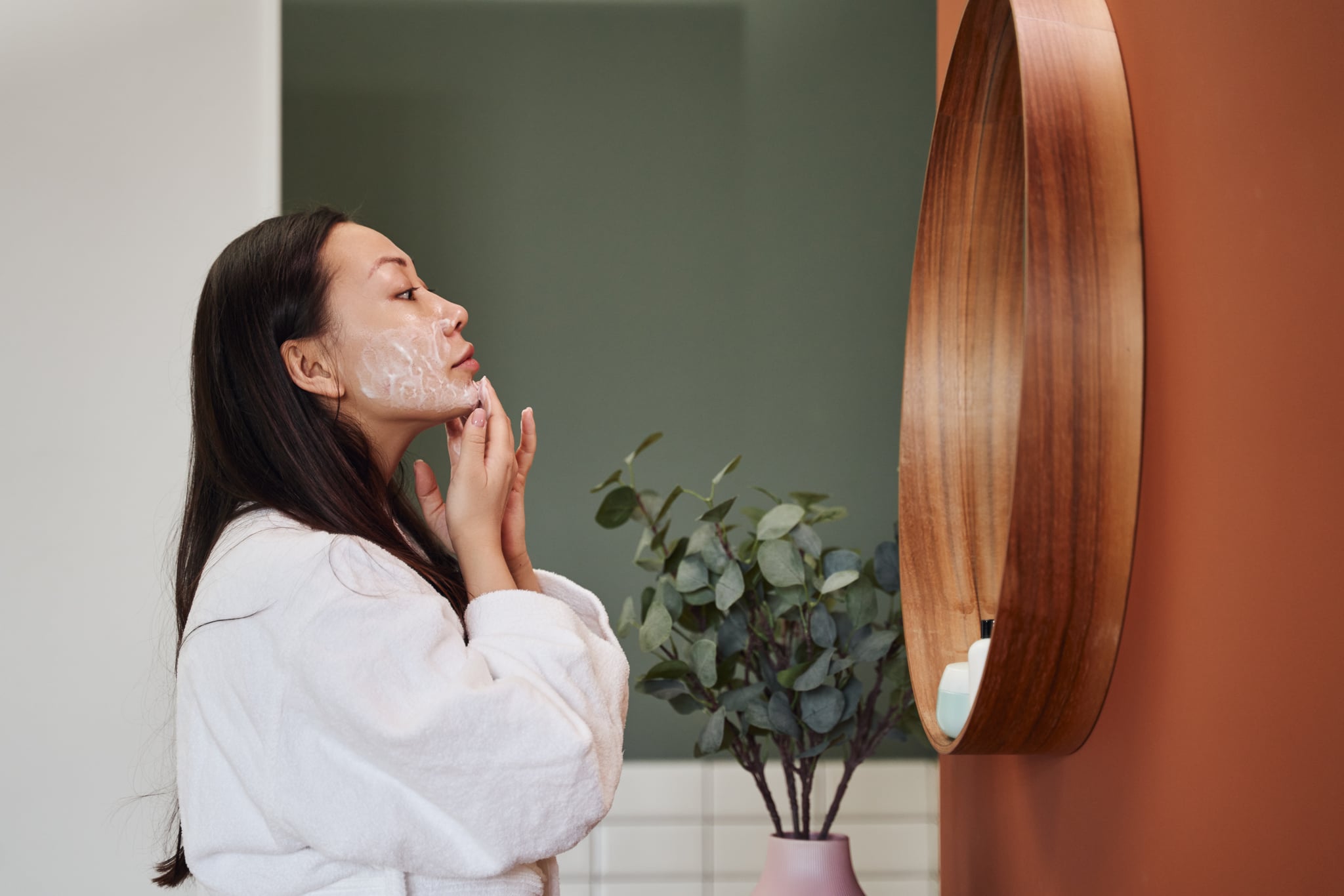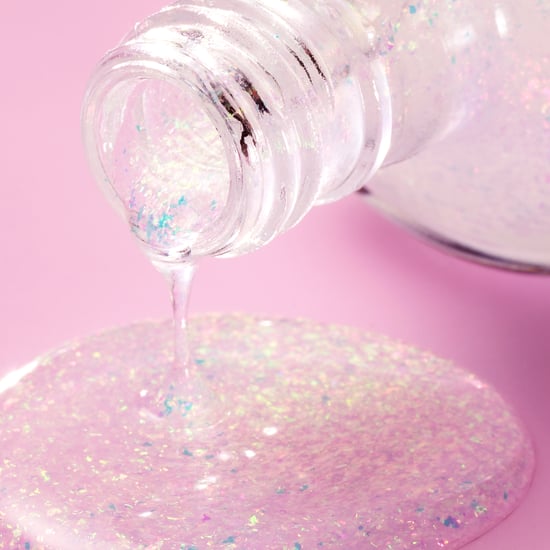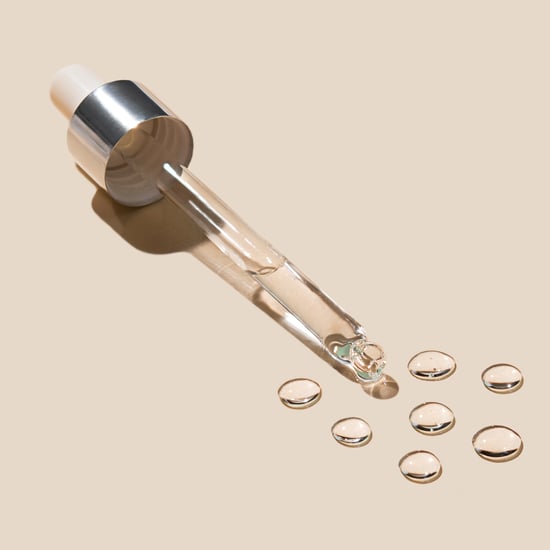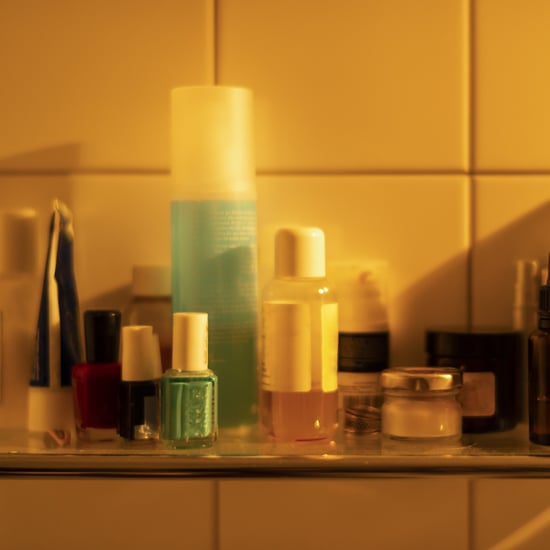What Is the "Retinol Sandwich" Method?
Skin-Care Experts Explain the Viral "Retinol Sandwich" Method

Retinol is one of those powerhouse skin-care ingredients we've all probably heard the name of at least once or twice (or a million times, for those of us obsessed with skin care), but do you know what the "retinol sandwich" means? Earlier this year, the "retinol sandwich" method went viral on TikTok as a way for people with a dry skin type to use the popular skin-care ingredient without causing excessive dryness. The hashtag #retinolsandwich has over 22.5 million views on the app and counting, and it feels like every day, new videos are popping up where creators are showcasing their own spin on the retinol sandwich method, and we have questions.
For starters, what even is the retinol sandwich method, and does it actually work or is it just another TikTok beauty hack we should scroll right past? We consulted with celebrity aesthetician and dermatological nurse Natalie Aguilar, as well as SkinSpirit lead aesthetician Karen Fernandez to get the answers to all of our burning questions. Keep reading to learn more.
What Is Retinol?
Before we dive into retinol sandwiches, let's first talk about the star of the show: retinol. "Vitamin A, also known as retinol, is a skin-care ingredient that promotes cell turnover, assists with collagen production, decreases hyperpigmentation, and diminishes and prevents fine lines and wrinkles," Aguilar tells POPSUGAR. The ingredient is a type of retinoid most commonly used in over-the-counter products like moisturisers, eye creams, and even serums. Both Aguilar and Fernandez recommend using retinol products only at night, and they also note that an SPF product should always be used during the day as the ingredient makes your skin more sensitive to the sun.
Although using retinol has great benefits, some common side effects can include skin dryness and irritation, which has led many people to try and find ways to avoid dry and flaky skin without giving up their favourite skin-care ingredient. Enter: the retinol sandwich.
What Is A Retinol Sandwich?
A retinol sandwich is essentially a layer of retinol in between two layers of moisturiser. To do the retinol sandwich method, after cleansing your skin, rather going directly into your retinol, you start by applying a layer of moisturiser to damp skin. Once it's completely dry, you apply a layer of retinol. After giving the retinol time to absorb, you finish everything off with a second layer of moisturiser to top it all off.
The Benefits of the Retinol Sandwich Method
The biggest advantage of using the retinol sandwich method is it can help those with sensitive skin avoid irritation from the use of retinol. "Applying moisturiser first allows the skin to first absorb moisture, leaving less room for retinol molecules to be absorbed and thus lessening the adverse side effects of retinol. Applying retinol over moisturiser helps prevent potential irritation such as dryness, itching, redness, and flaking," Aguilar says. Fernandez agrees: "It tempers the acid so that it is not as strong, which can be irritating to some."
Another advantage of using the retinol sandwich method is it allows for more frequent nightly applications. Aguilar says that if you're applying a retinol product directly onto the skin you may only be able to tolerate it one night a week, but when diluting the retinol, or in this case, layering it, you may be able to use it more often.
The Cons of the Retinol Sandwich Method
"Oils and water tend to neutralise acids, so applying a lipid-based cream or water-based serum will lessen the strength of your retinol," Fernandez says. While diluting the effects of retinol can be beneficial for those with sensitive skin, if you don't have sensitive skin, you might want to skip this technique because you won't see the full effects of your retinol product.
If you want to avoid irritation from using retinol, but you don't want to dilute the ingredient, Fernandez says the best way to avoid irritation when starting retinol is to go slow. "Start with using retinol one time per week and add a day each week if your skin is acclimating well."






